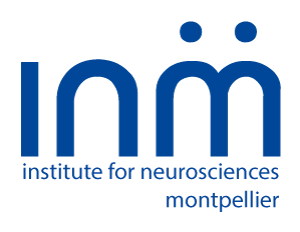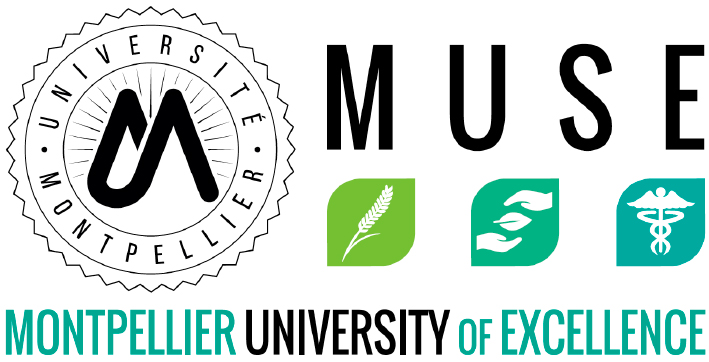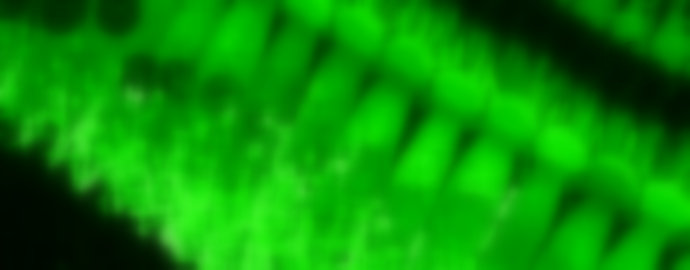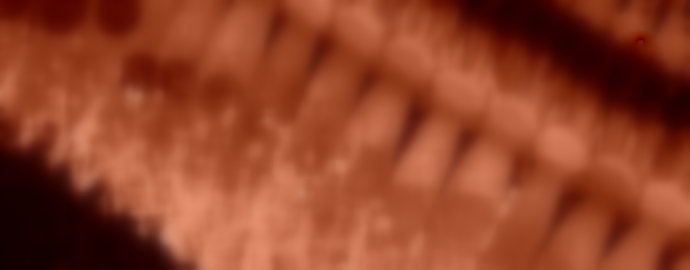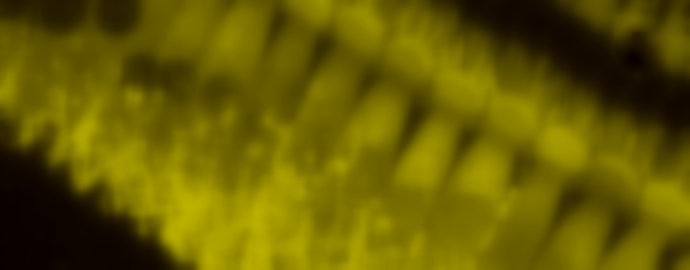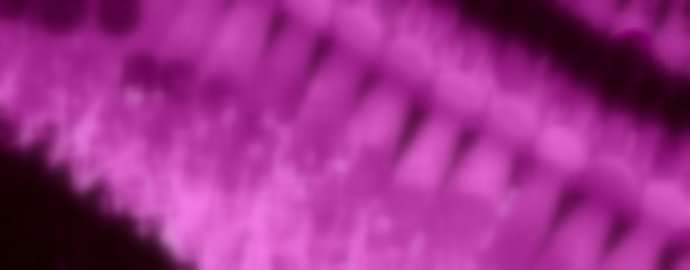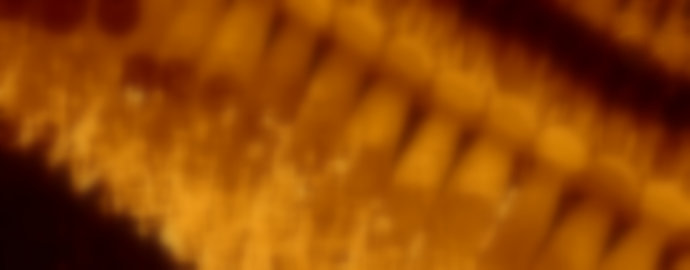Eye

Most of our organs are constantly renewed through the involvement of stem cell population(s). These stem cells are strictly regulated to ensure a life-long homeostasis. The fine regulation of cell fate applied on stem cells to progenitors and finally terminally differentiated cells is instrumental to the organ function. Because of aging, disease, or injury, the organ homeostasis collapses, leading to a transitory or permanent organ failure. To restore the homeostasis, or to replace the whole organ, the tissue-specific cell fate needs to be well known at the molecular and population level.
Our aspiration is to decipher the molecular networks involved in cell fate acquisition, maintenance and differentiation to propose new regenerative medicine strategies.

The non-syndromic hereditary optic neuropathies, including primarily the Dominant Optic Atrophy (DOA, prevalence 1/20 000) and the Leber Hereditary Optic Neuropathy (LHON, prevalence 1/30 000) are leading causes of hereditary blindness in Western countries. They are characterized by a degenerative process of the retinal ganglion cells (RGCs), with consequently a loss of the optic nerve fibers leading to the impairment of the visual transduction from the retina to the brain. Today, there is no treatment to prevent the progress of the degenerative process.

Unilateral functional amblyopia is characterized by abnormal development of visual acuity in one eye and binocular vision in childhood. The reference treatment of unilateral occlusion of the healthy eye is mainly aimed at young children, and has shown its limitations in terms of visual acuity relapse and compliance. This treatment often has no effect on binocular vision, which has an impact on stereoacuity, fine motor skills and thus on a wide range of daily activities.
A new dichoptic approach, aimed at reducing interocular suppression by modulating the contrast between the eyes, has been shown to improve visual acuity and, above all, restore binocular vision (stereoacuity) in children and adults with amblyopia.
In the context of the development of digital tools for the treatment of neurodevelopmental disorders of the visual system, the association between deficits in binocular vision and the structure of the visual cortex is not yet well identified. This project will study the influence of new therapeutic approaches for amblyopia on brain plasticity, and in particular on the processing of relief vision and interocular suppression.


